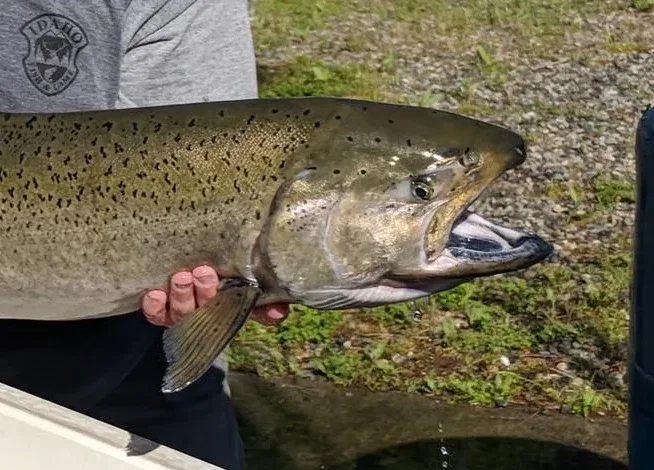Understanding the age of fish is a fundamental aspect of fisheries science, providing insights into growth rates, migration patterns, and overall population health. One of the primary methods for determining a fish’s age involves examining its scales, which, much like tree rings, record growth over time.
The Significance of Aging Fish
Accurate age data is crucial for fish biologists to assess fish populations effectively. By determining how old fish are, scientists can infer growth rates, reproductive maturity, and lifespan, all of which inform sustainable management practices and conservation efforts.
Anatomy of Fish Scales
Fish scales grow in concentric layers known as circuli. During periods of rapid growth, such as summer months, these rings are spaced further apart. Conversely, during slower growth periods, like winter, the rings are closer together, forming distinct bands called annuli. Each annulus typically represents one year of the fish’s life, allowing scientists to estimate age by counting these bands.
Aging Process Using Scales
1. Collection and Preparation: Scales are carefully collected from live fish, cleaned to remove any tissue or debris, and then mounted on microscope slides for detailed examination.
2. Microscopic Examination: Under magnification, the circuli and annuli become visible. Researchers analyze these patterns, noting changes in spacing that indicate different growth phases.
3. Counting Annuli: By counting the annuli, scientists can estimate the fish’s age. For species with complex life histories, such as anadromous fish that migrate between freshwater and saltwater, additional markers on the scales can indicate transitions between these environments.
Applications in Fisheries Management
Determining the age structure of fish populations aids in setting fishing quotas, understanding the impacts of environmental changes, and developing strategies to ensure the sustainability of fish stocks. Accurate age data helps in predicting future population trends and assessing the effectiveness of conservation measures.
In summary, the study of fish scales offers a non-lethal and effective means of aging fish, providing vital information that supports the responsible management and preservation of aquatic ecosystems.
Source: Read between the scales: An introduction to aging fish and why it’s important




